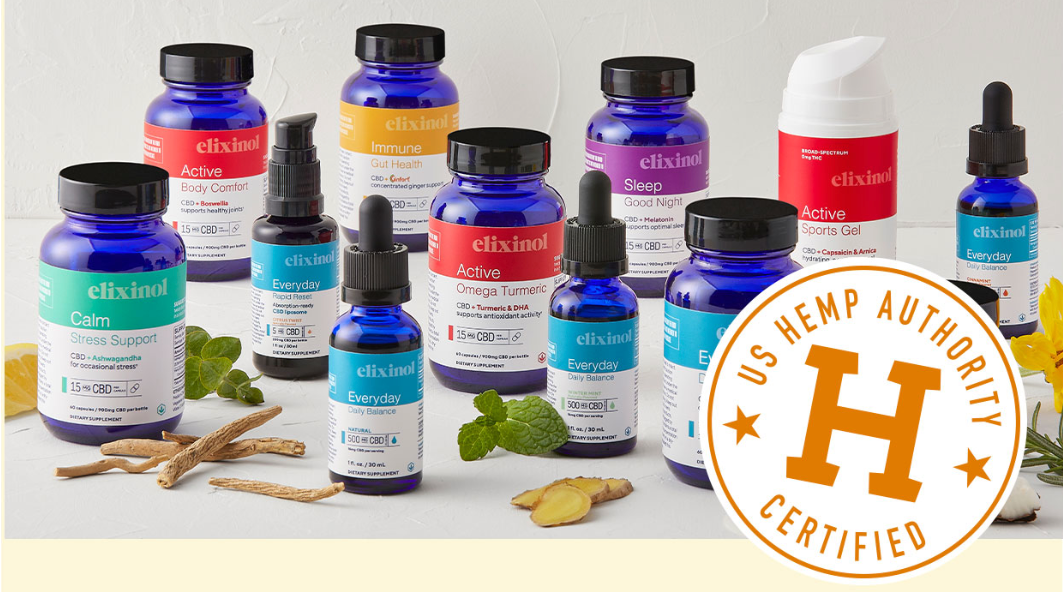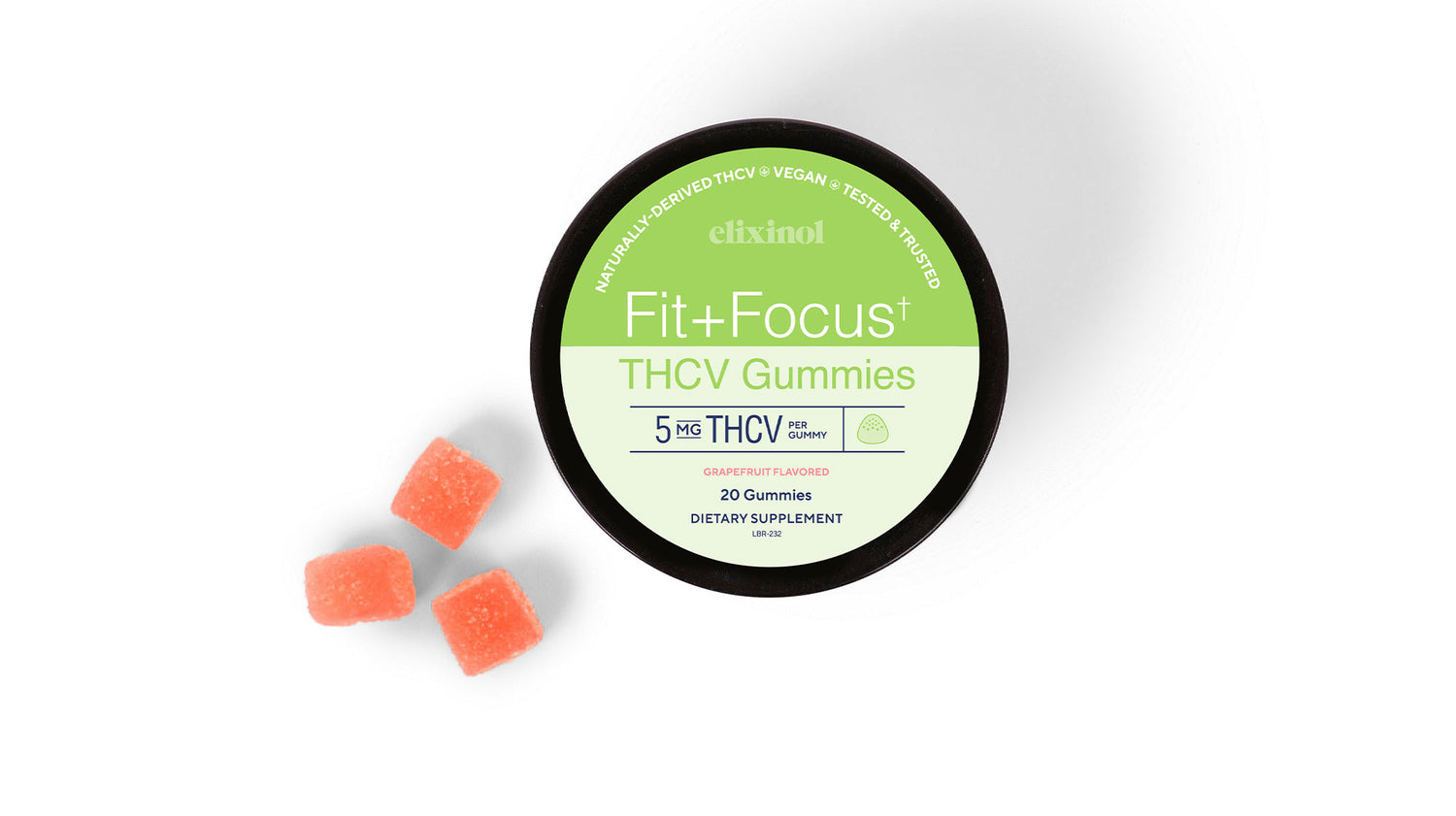The cannabis plant is unique in the way that its many natural compounds (known as endocannabinoids) interact directly with the human body. This broad set of complex interactions between plant and animal is called the endocannabinoid system, and it plays a significant role in regulating normal function and wellness across our bodily systems. As we learn more about the endocannabinoid system, we are also discovering how cannabinoids nourish the body and benefit so many internal processes. Perhaps most remarkable of all is the way that the different cannabinoids and terpenes found in hemp are working in concert to deliver a broader and more far-reaching effect than the sum of its parts. We call this the entourage effect.
What is the Entourage Effect?
In simple terms, the entourage effect is the way that different chemical compounds in cannabis products are able to combine and lock onto various cannabinoid receptors in the body. In other words, when used together, cannabis compounds bring synergistic effects to the consumer, resulting in a unique cannabinoid experience.
The entourage effect demonstrates why cannabinoids and terpenes are much more powerful together than they are when isolated. For example, CBD oil is filled with numerous chemical compounds. In fact, the hemp plant produces over 120 cannabinoids and more than 200 terpenes and flavonoids. Understanding how all these various compounds work together is important in appreciating the amazing properties and benefits of CBD products.
What are Cannabinoids?
Cannabinoids are not only found in plants like hemp and echinacea, but also in animals—including humans! These cannabis compounds interact with specialized cannabinoid receptors throughout the body, including the cannabinoid type on cells that are part of the endocannabinoid system (ECS). Out of 120 known cannabinoids, the two most well-known are cannabidiol (CBD) and tetrahydrocannabinol (THC).While THC and CBD share similar molecular structures, they also deliver very different effects. THC is a psychoactive compound that is not present in industrial hemp except at extremely low levels–-0.3% content or less. CBD provides superior nutritional support to the body, and it’s the most commonly-occurring cannabinoid. When CBD is sourced from industrial hemp, it doesn’t interfere with how we work, play or think. In fact, quite the opposite: it makes us healthier.
To review, hemp-sourced CBD is:
- Safe for topical use, ingestion, and sublingual delivery
- Non-psychoactive and non-addictive
- Adaptogenic
- Encourages homeostasis, or balance, for all systems
The United States Department of Health and Human Services holds patent 6,630,507, which states:
“Cannabinoids have been found to have antioxidant properties […] Non-psychoactive cannabinoids, such as cannabidiol, are particularly advantageous to use because they avoid toxicity that is encountered with psychoactive cannabinoids.”
What are Terpenes?
Terpenes are phytochemicals that give plants their taste and smell–in other words, they are the essential oils of the plant. If you’ve ever stopped to notice and enjoy the scent of a specific plant or tree, these are terpenes at work. However, terpenes contribute far more than a sweet smell. Each one brings its own unique properties and powerful effects, including relaxation and pain management.
Some examples of terpenes include:
- Myrcene—the most common terpene found in hemp, with a scent that can range from rich clove to mango and grape. Myrcene brings deep relaxation and anti-inflammatory properties.
- Terpineol—smells like a blossom on a citrus tree and also carries a strong relaxation component.
- Linalool—smells very similar to blooming spring flowers which tends to inspire a sense of calm while improving the mood.
- Limonene—smells like lemons (as the name implies) and helps reduce stress and counter discouraging thoughts.
While terpenes make up the unique aroma of a plant, the antioxidant-rich flavonoids are responsible for their colors. Together, the cannabinoids, terpenes, and flavonoids in hemp contribute to the entourage effect in CBD products.
Why the Entourage Effect Matters
The relatively recent discovery of the endocannabinoid system was critical to understanding how CBD interacts with the human body, but ongoing research keeps pointing to the larger importance of the entourage effect. Anecdotal evidence aside, more scientists are reviewing just how these various compounds work together.
Ethan Russo, MD is a board-certified neurologist and one of the chief scientific researchers on medicinal cannabis. His studies maintain that far beyond a single molecule (such as pure THC), it’s the amazing entourage effect that carries the greatest benefit in products such as CBD extracts. Indeed, he makes a case for developing cannabis products that maximize the entourage effect while taming the side effects of THC.
Cannabinoids & Terpenes in the Entourage Effect
To review, the entourage effect is the way individual cannabinoids, terpenes, and flavonoids interact together with the cannabinoid receptors in the body, which determines the consumer’s unique cannabinoid experience. The entourage effect demonstrates why cannabinoids and terpenes are much more powerful together than they are when isolated.
Products that are free* of THC highlight the great properties of a single cannabinoid, while using full-spectrum CBD allows for the greater benefit of the entourage effect. Thus, when choosing the right hemp product for you, pick a full-spectrum CBD product that preserves all the cannabinoids produced naturally in the hemp plant. Consuming full-spectrum CBD is the optimal way to support the body’s endocannabinoid system. For maximum purity and potency, look for full-spectrum hemp CBD oil that’s extracted through a clean process (such supercritical CO2 extraction) and with easy-to-access Certificates of Analysis.
Using these kind of high-quality, full-spectrum CBD products points to greater benefits, precisely because of the entourage effect.




